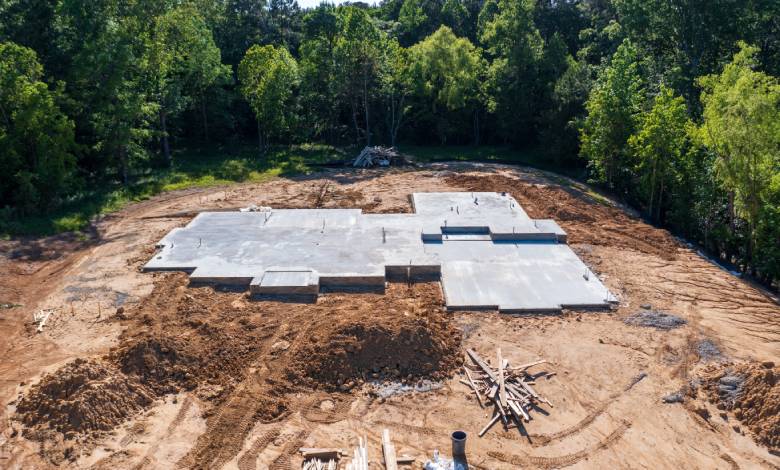
A Guide to Different Types of Home Foundations
Building a home is a massive endeavor, and your choice of foundation is one of the most crucial decisions you’ll make. The foundation affects everything from structural stability to energy efficiency. In this guide to different types of home foundations, we’ll walk you through the most common options and offer insights into their benefits and ideal uses.
Concrete Slab Foundation
A concrete slab foundation is pretty much what it sounds like—a large, heavy slab of concrete placed directly onto the ground. It’s among the most popular foundation choices for modern homes because of its simplicity and affordability. This type of foundation works wonders in warm climates where ground freezing isn’t an issue. Concrete slabs are resistant to termites and moisture, which makes them reliable bases for many homes.
Crawlspace Foundation
Crawlspace foundations elevate the home off the ground, leaving space between the ground and the floor. This setup offers easy access to plumbing and electrical systems, making maintenance a breeze. Crawlspace construction is best for homes in regions with mild climates or where the risk of flooding is minimal.
However, it’s worth noting that crawlspaces can act as a trap for radon gas, making it even more important to select a basement radon mitigation system. It’s essential to ventilate the area to prevent the buildup of this toxic gas.
Basement Foundation
If you’re looking for extra living space or storage, a basement foundation might be your go-to option. Constructing a basement involves excavating below ground level to create a room there. A basement can actually make a home warmer in winter and can significantly increase a home’s value. However, basements require regular maintenance to prevent moisture problems, which could be a deal-breaker if you live in a particularly wet area.
Pier and Beam Foundation
Pier and beam foundations feature a series of concrete piers or wooden posts supporting horizontal beams. This setup works incredibly well on soil prone to shifting, as it allows the house to “float” over ground movements. While more costly than slabs, pier and beam foundations offer easier access for repairs and can provide great protection against flooding.
Frost-Protected Shallow Foundations (FPSF)
An FPSF uses insulation to protect the foundation from frost heave. It reduces the need for deep excavation, saving homebuilders time and effort. FPSFs are particularly effective in cold climates and are gaining popularity in areas where traditional foundations can’t hold up to freezing conditions.
Choosing the right foundation sets the stage for a durable and comfortable home. Consider consulting construction professionals to assess soil conditions and climate before deciding. By understanding your options, your home’s foundation will support your abode and your peace of mind. Reading this guide to different types of home foundations is the first step toward building your dream home on solid ground!






